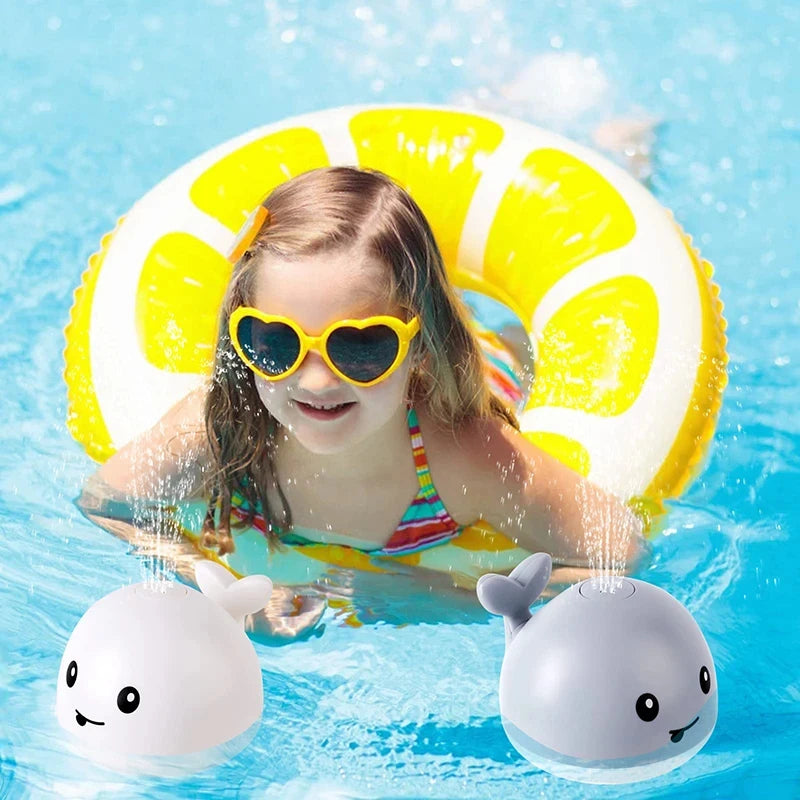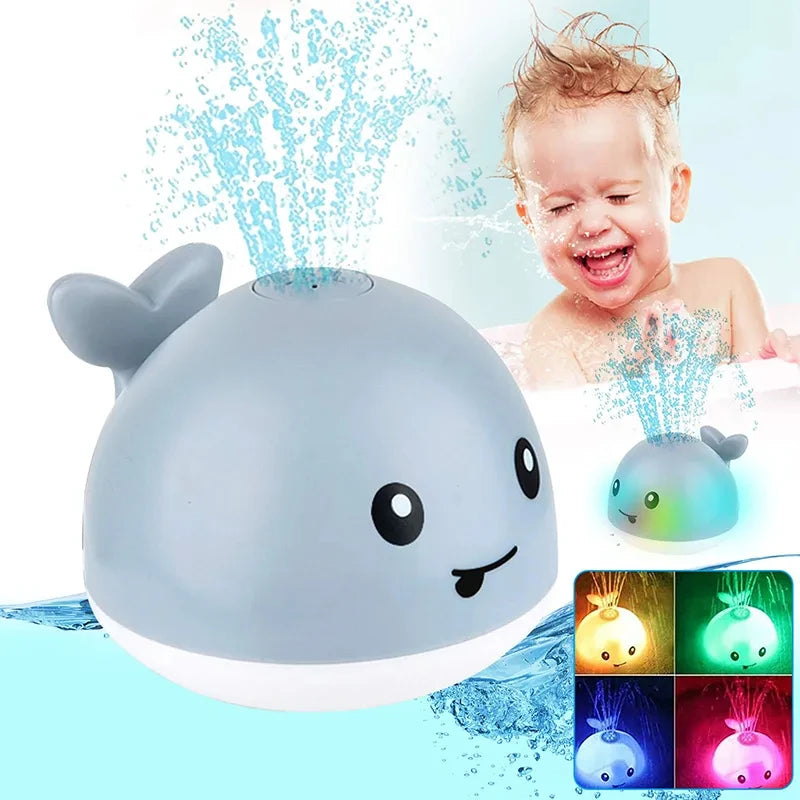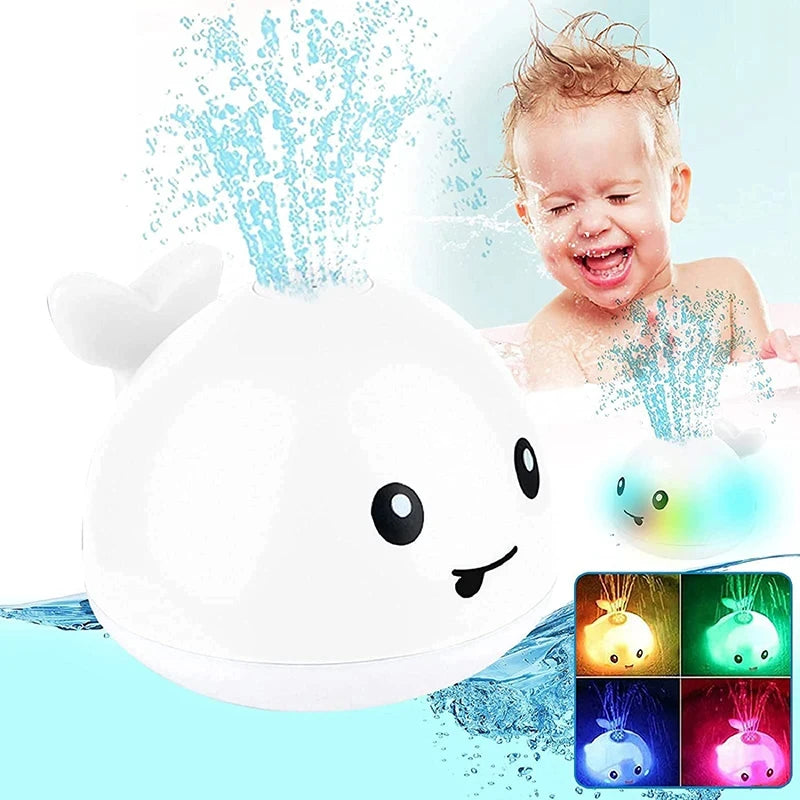Breastfeeding is a unique journey for every mother, and when it comes to providing the best for your baby, understanding the ins and outs of warming breast milk is essential. Whether you're in the early stages of pumping or preparing to warm stored milk, knowing the safest methods can make all the difference. Let’s dive into the world of breast milk handling and explore the best practices for nourishing your little one.
Why Warming Breast Milk Properly Matters:
When it comes to warming breast milk, safety and temperature consistency are key. Breast milk contains important nutrients that your baby needs to thrive, and these can be compromised if milk is not warmed properly. The goal is to preserve these nutrients while ensuring the milk is at a comfortable and safe temperature for your baby to drink. It’s important to never microwave breast milk, as it can create hot spots that could burn your baby.
Best Methods for Warming Breast Milk:
1. Portable Bottle Warmers
One of the easiest ways to warm baby bottles is with a portable bottle warmer. These compact devices offer convenience and consistency, making it simple to warm your milk to the perfect temperature on the go. Whether you're traveling or simply need an efficient way to warm milk at home, portable warmers are a great option. They are designed to heat milk quickly and evenly, and many are compatible with a variety of bottle types.
2. Warm Water Bath
Another gentle way to warm breast milk is by placing the bottle in a container of warm water. Fill a bowl or basin with hot water (but not boiling), then place the bottle in the water for a few minutes until the milk reaches the desired temperature. Be sure to test the milk by shaking it and dropping a few drops on the inside of your wrist to check the temperature. This method is ideal for maintaining the milk’s nutritional value.
3. Bottle Warmers with Adjustable Temperature Settings
If you're looking for precision, a bottle warmer with adjustable temperature settings is a good choice. These devices allow you to select the perfect temperature for your milk, ensuring it’s not too hot or too cold. Some advanced models also have built-in timers and automatic shut-off features to make the process even easier.
4. Running Tap Water
For a quick solution, you can also warm your baby’s bottle under running warm tap water. Hold the bottle under the stream of water for a few minutes until it reaches a comfortable temperature. While this method is fast and convenient, it may take a little more time to get the water to the right temperature.
Things to Avoid When Warming Breast Milk:
1. Microwaving
As mentioned earlier, microwaving breast milk can create hot spots that could harm your baby. It can also cause a loss of nutrients and change the milk’s consistency.
2. Boiling Water
Never use boiling water to warm your milk, as it can rapidly overheat and break down the milk’s nutrients. Always make sure to use warm, not boiling, water.
3. Repeated Warming
Once breast milk has been warmed, it should not be reheated multiple times. After warming, any unused milk should be discarded, as bacteria can develop with each reheating.
How to Test the Temperature of Warmed Milk:
Once you’ve warmed the milk using one of the methods above, it's crucial to check the temperature before feeding your baby. A simple way to do this is to place a few drops of the milk on the inside of your wrist. The milk should feel warm, not hot. If it feels too hot, let it cool for a few minutes before offering it to your baby.
Storing and Handling Breast Milk:
Proper storage of breast milk is just as important as warming it. Always store breast milk in clean, sterilized containers and follow guidelines on how long it can be stored in the fridge or freezer. When warming milk from the fridge or freezer, never refreeze it once it has been thawed.
If you have milk left over after a feeding, it's best to discard it, as it can no longer be stored safely. However, if your baby didn't finish the milk but hasn’t started feeding yet, you may be able to refrigerate it for a short period—just check the guidelines for how long milk can be safely kept at room temperature.
Summary
Warming breast milk doesn’t have to be complicated, but it’s essential to do it safely and effectively. By using one of the methods outlined above and following the proper temperature guidelines, you can ensure that your baby gets the best nutrition possible. Whether you choose a portable bottle warmer, a warm water bath, or a bottle warmer with adjustable settings, the most important thing is to be consistent and gentle with the process. With these tips in mind, you’ll be able to nourish your little one with ease and confidence.


























































Share and get 15% off!
Simply share this product on one of the following social networks and you will unlock 15% off!